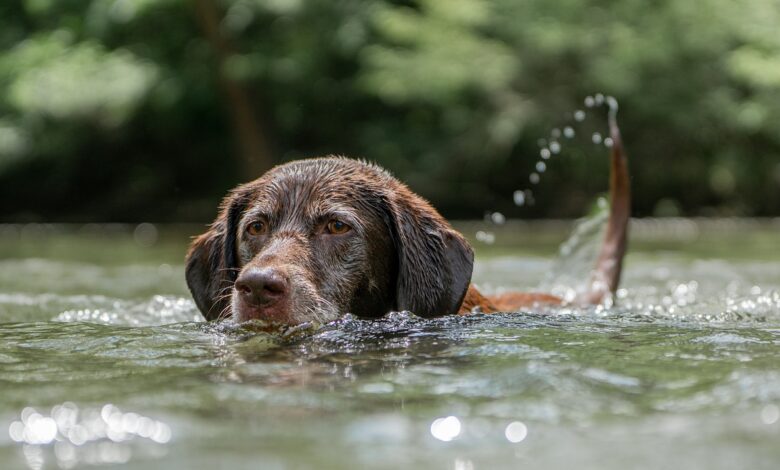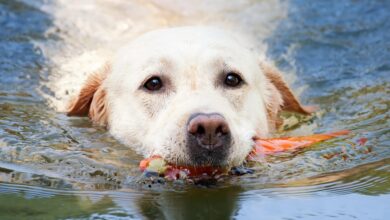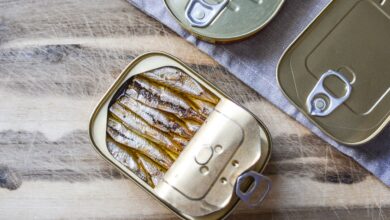
Gun dogs, including breeds like Labradors, Retrievers, Spaniels, and pointers, are trained to assist hunters by locating, retrieving, and flushing game. These dogs are highly active and work in demanding environments, often covering long distances, navigating rough terrains, and performing repetitive actions like retrieving. While their work is essential and rewarding, it can also take a toll on their physical health. That’s where physiotherapy and hydrotherapy come into play. These therapeutic practices are not only beneficial for rehabilitation but can also enhance the overall performance and well-being of gun dogs, ensuring they remain healthy, fit, and ready for action.
The Role of Physiotherapy for Gun Dogs
Physiotherapy, or physical therapy, involves various manual techniques, exercises, and modalities designed to improve movement, reduce pain, and promote healing. For working dogs, particularly gun dogs, physiotherapy can be a crucial part of their health management, whether for injury rehabilitation or for general maintenance of their physical well-being.
Injury Prevention and Recovery Gun dogs are prone to physical strain, especially when they are required to perform repetitive tasks such as running, swimming, or retrieving heavy game. Injuries such as sprains, strains, and ligament damage are common, and even minor issues can become exacerbated by the dog’s active lifestyle. Physiotherapy is vital in these situations as it aids in the healing process, reduces the risk of further damage, and promotes recovery.
Skilled physiotherapists use techniques like massage, stretching, joint mobilization, and therapeutic exercises to restore function to injured muscles, tendons, and ligaments. They may also incorporate electrotherapy or ultrasound therapy to reduce swelling and inflammation in the affected areas. By targeting the specific injury site and surrounding muscles, physiotherapists can help the dog regain full mobility and prevent long-term complications.
Improved Performance For gun dogs, performance is key. Physiotherapy can enhance a dog’s strength, flexibility, and range of motion, which are essential for optimal performance. Physiotherapists often work with dogs to build strength in areas that may be overworked or prone to fatigue, ensuring that the dog maintains peak physical condition.
Rehabilitation exercises can help balance muscle development, promote joint health, and improve coordination, which are particularly useful for dogs involved in high-intensity physical activities such as running, jumping, and retrieving. Physiotherapists also teach owners specific exercises that can be done at home to help maintain the dog’s physical health and prevent potential injuries.
Pain Management Gun dogs often experience aches and pains from their demanding work. Physiotherapy helps manage pain by improving blood circulation, promoting healing, and enhancing overall mobility. For dogs suffering from chronic conditions such as arthritis or hip dysplasia, physiotherapy can be a non-invasive way to reduce discomfort and improve their quality of life.
The Benefits of Hydrotherapy for Gun Dogs
Hydrotherapy involves using water-based treatments, such as swimming or walking on an underwater treadmill, to promote recovery and rehabilitation. This therapy is particularly beneficial for dogs like gun dogs, as it is a low-impact way to exercise and heal while reducing the risk of further injury.
Low-Impact Exercise Swimming and walking on an underwater treadmill are excellent forms of exercise that place minimal strain on joints and muscles, making them ideal for dogs recovering from injury or experiencing arthritis. The buoyancy of water supports the dog’s weight, which reduces stress on the joints, making these exercises safe for dogs with conditions like hip dysplasia, elbow dysplasia, or arthritis, which are common in active working dogs.
The resistance of water also helps to strengthen muscles without the risk of overexertion. Gun dogs, who often perform rigorous tasks, benefit from hydrotherapy by enhancing their strength and endurance while minimizing the risk of injury. This makes hydrotherapy a great supplementary treatment for building fitness and preventing fatigue, especially when working in demanding environments.
Injury Recovery and Rehabilitation Hydrotherapy is particularly useful for dogs recovering from surgery or injury. After an injury, traditional rehabilitation might be painful or difficult, especially if the dog has limited mobility. Hydrotherapy allows for safe, controlled movement, promoting healing without causing further strain. The warmth of the water can also aid in relaxing tight muscles and reducing swelling, which accelerates the healing process.
Hydrotherapy sessions may involve swimming laps or walking on an underwater treadmill while supervised by a qualified hydro therapist. These sessions not only help in rehabilitation but can also be part of a long-term plan to maintain a dog’s health and improve mobility after an injury or surgery.
Building Endurance and Strength Hydrotherapy offers a fantastic way to increase a dog’s stamina and cardiovascular fitness. Swimming engages nearly all muscle groups and improves overall fitness. For a gun dog, maintaining good cardiovascular health and muscular strength is crucial for the long hours and strenuous activities involved in their work. Swimming provides a full-body workout without the risk of overloading joints, especially for dogs that may have underlying conditions like arthritis or hip dysplasia.
Hydrotherapy can also be used as part of a pre-season conditioning plan for active dogs. By improving muscle tone, flexibility, and cardiovascular health in a low-impact environment, hydrotherapy helps prepare the dog for the physical demands of the hunting season.
How Physiotherapy and Hydrotherapy Complement Each Other
Both physiotherapy and hydrotherapy have unique benefits, but when used together, they can provide comprehensive support for gun dogs. Physiotherapy addresses musculoskeletal issues, pain, and mobility by using hands-on techniques and exercises tailored to the dog’s needs. On the other hand, hydrotherapy offers a low-impact, water-based approach that is ideal for rehabilitation, strengthening, and building endurance.
For example, after a dog undergoes physiotherapy to address an injury or condition, hydrotherapy can be used to further enhance recovery by providing gentle, supportive exercise. Similarly, hydrotherapy may be used as the initial step in rehabilitation, followed by targeted physiotherapy to address specific concerns like muscle weakness or joint stiffness.






